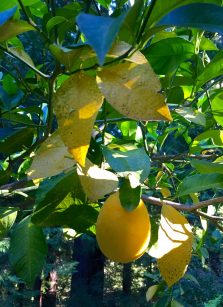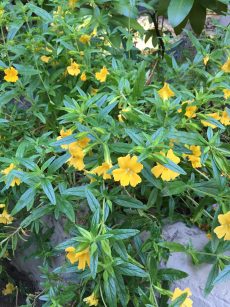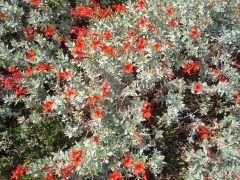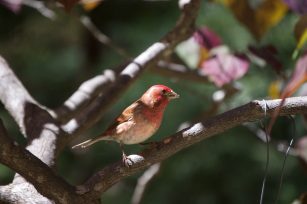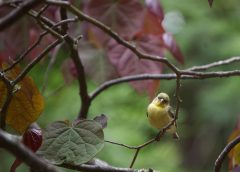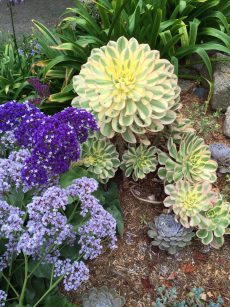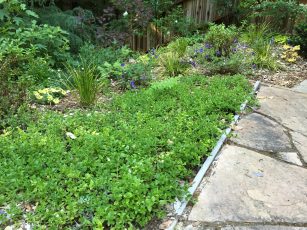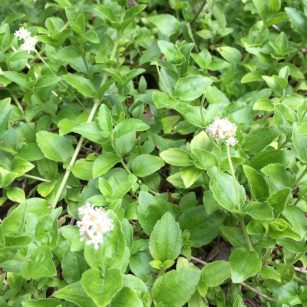I have a bat house on my property although the bats haven?t taken to it yet. I understand the importance of bats and bat conservation in the environment. I incorporate many California native plants in my own landscape and continue to add them to gardens I design. I encourage bees and other pollinators by creating a sustainable habitat for them in my garden. I use my water wisely conserving our finite water supply. I use organic pest control only if necessary to protect our watersheds from chemical contamination. I feel I am on the right track of sustainability and stewardship of the environment. But can I do more?
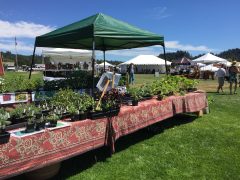
Last week I attended The Garden Faire held at Sky Park in Scotts Valley. As I walked around the exhibits and listened to interesting speakers all the while serenaded by world music I thought to myself how can one person put all this valuable information to use in their own lives and gardens? How can I live more in harmony with nature?
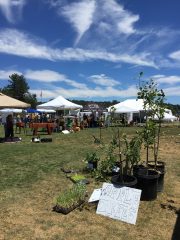
How can I sequester more carbon by my plants to store in the soil? How can I protect the biodiversity already in place in my mixed redwood forest environment? Even though I don?t have the right conditions to grow my own organic food can I buy from growers who use ecological process on their farms? What native plants around my own house can I eat?
You hear the word sustainability used to describe everything from flooring to roofing to landscaping but what exactly is a sustainable landscape?
Sustainable landscapes are so well adapted to their environment that they require little in maintenance. Choosing plants adapted to your garden size, type of soil and climate keeps watering and fertilizing to a sensible level and reduces pruning as plants grow to the size needed and stay there.
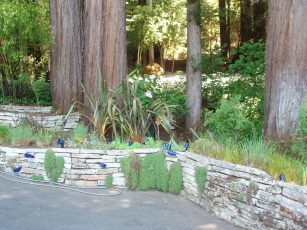
Sustainable landscapes use recycled, salvaged, durable building materials whenever possible. They use mainly materials that are harvested locally and use imported stone as an accent. Sustainable landscapes try to reuse what you already have laying it out differently to look like a totally new landscape.
Sustainable landscapes clean the air and water. They increase on-site infiltration of rain water to reduce runoff and minimize the amount of contaminants washed into the watershed and the bay. By keeping water onsite it can move into the soil where organisms breakdown pollutants and naturally filter them out before the water reaches groundwater or our waterways.
Sustainable landscapes conserve water by installing and

maintaining high efficiency watering systems making every drop of irrigation water count. They create drought resistant soils by adding compost and mulch. They group plants by watering needs to irrigate them more efficiently.
Sustainable landscapes restore habitats by attracting native pollinators, beneficial insects and other organisms that reduce the need for pesticides. A sustainable landscape restores natural areas on the outskirts of your landscape to diversify your plant community.
Sustainable landscapes are responsive to the environment, re-generative, energy efficient and can actively contribute to the development of healthy communities.


